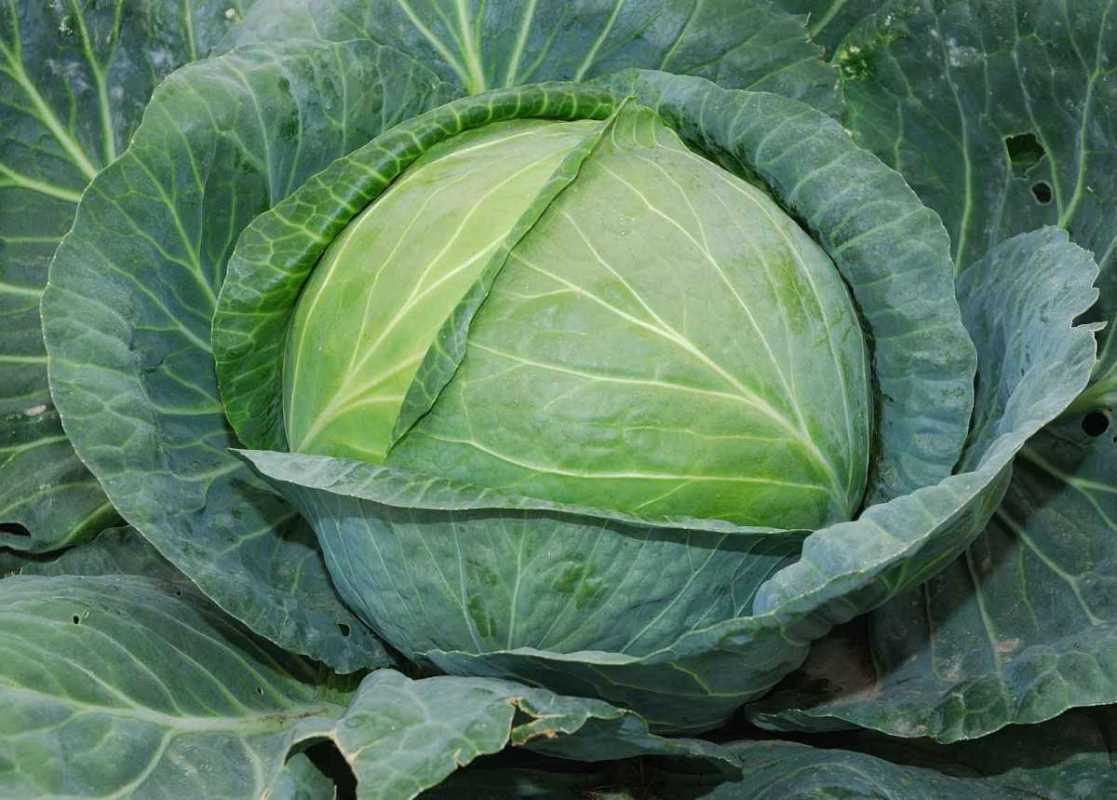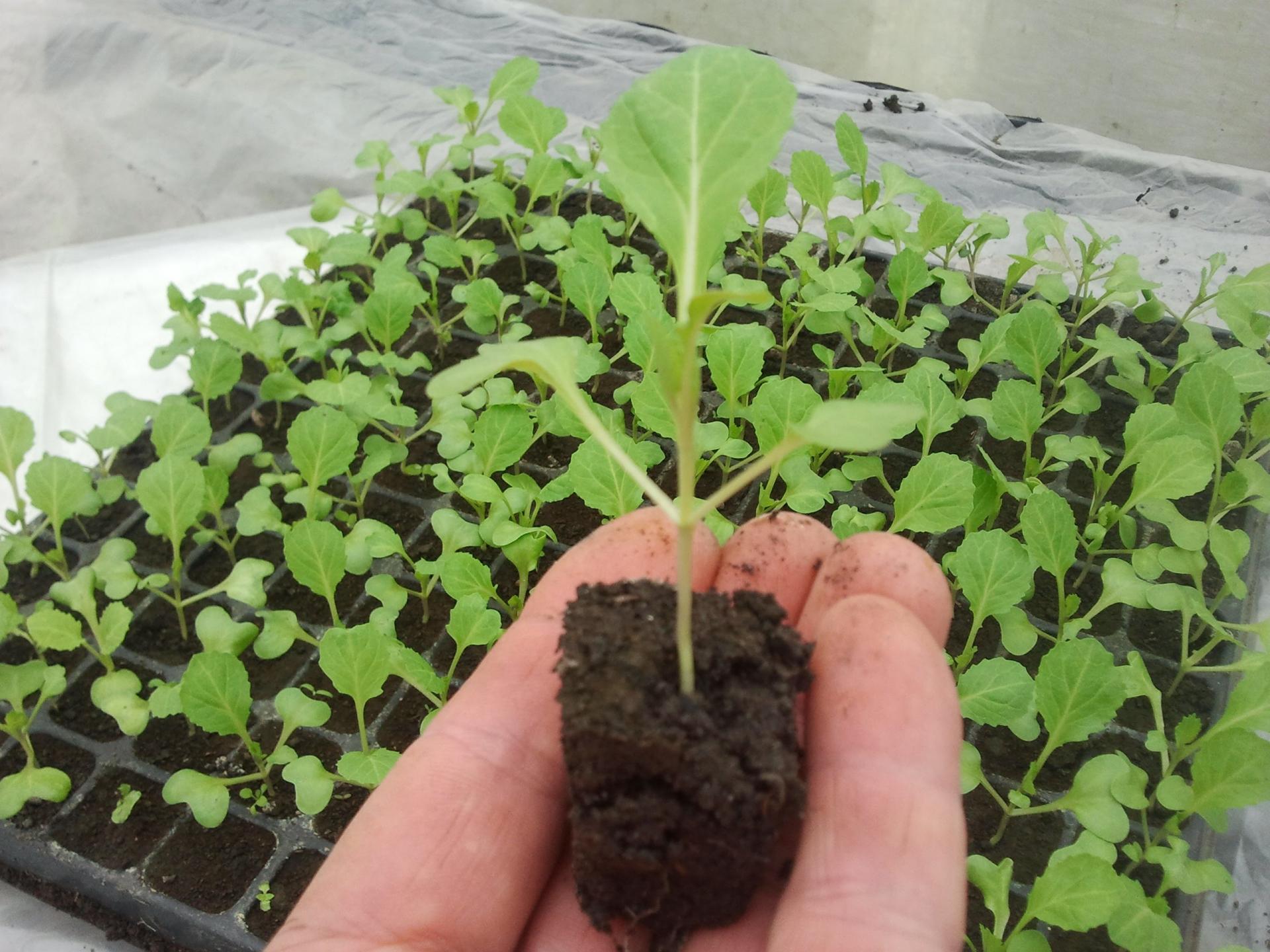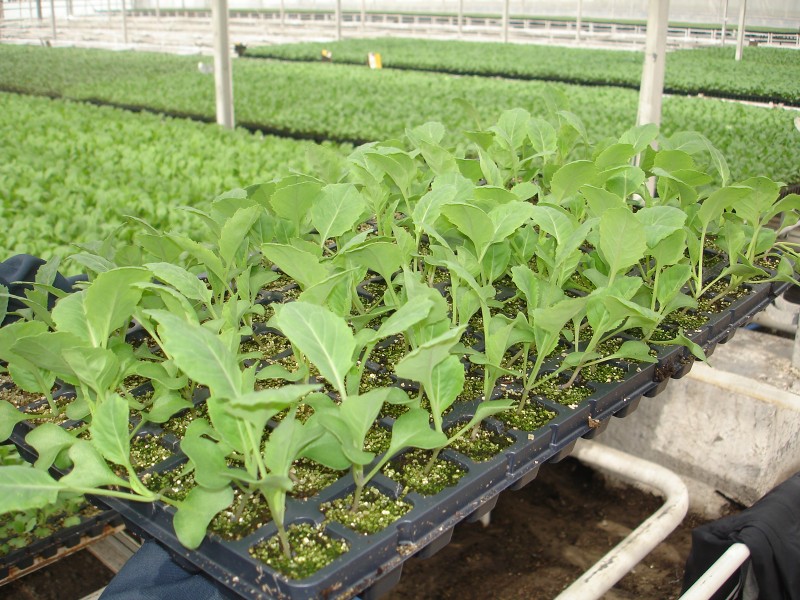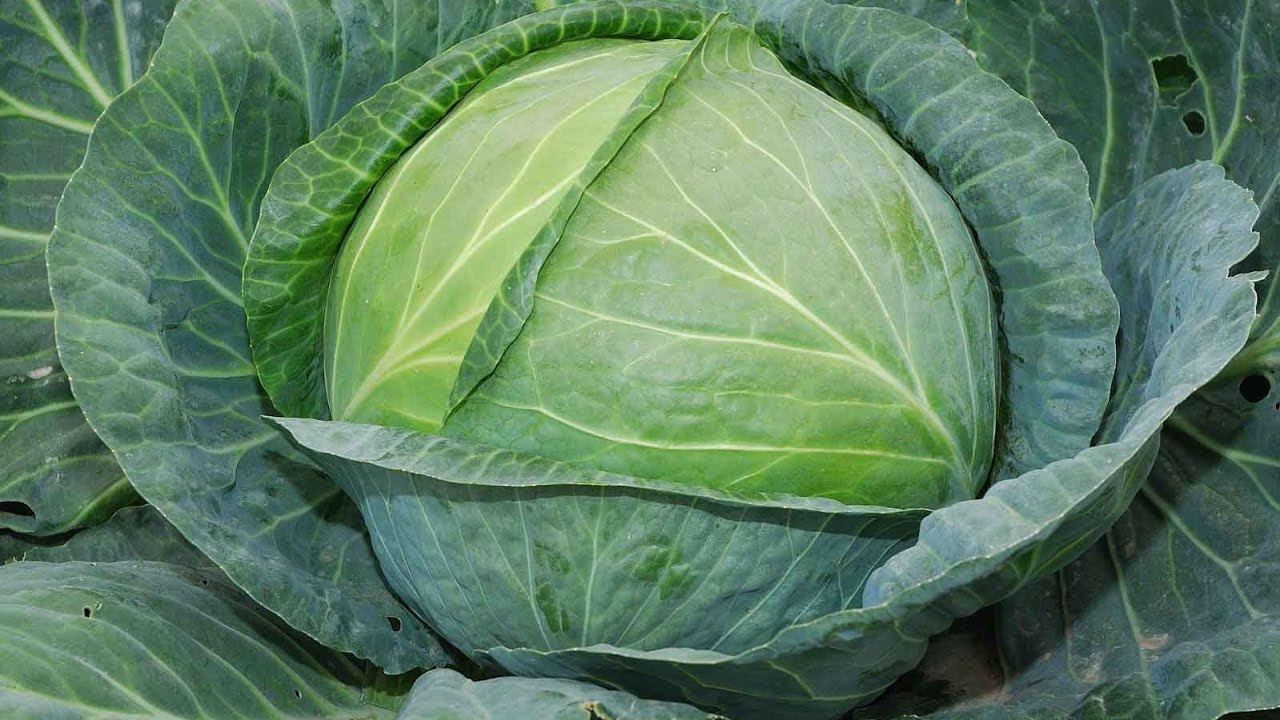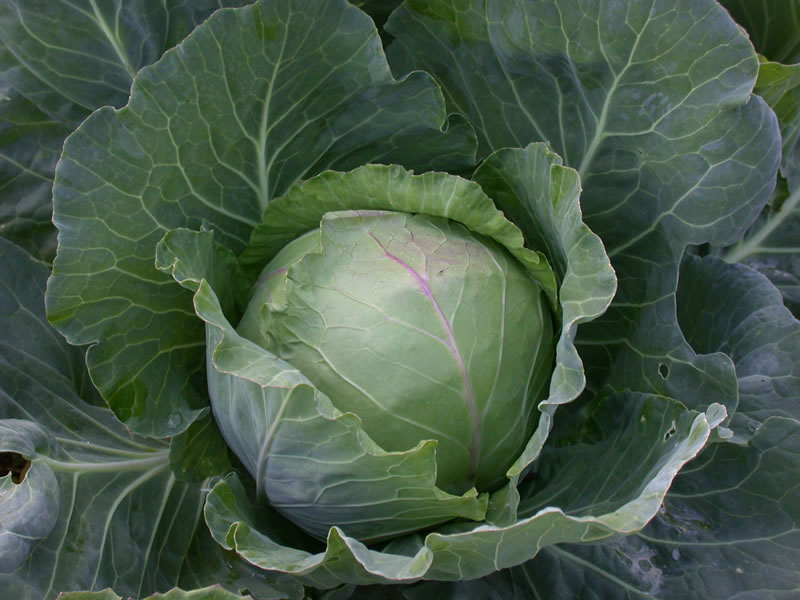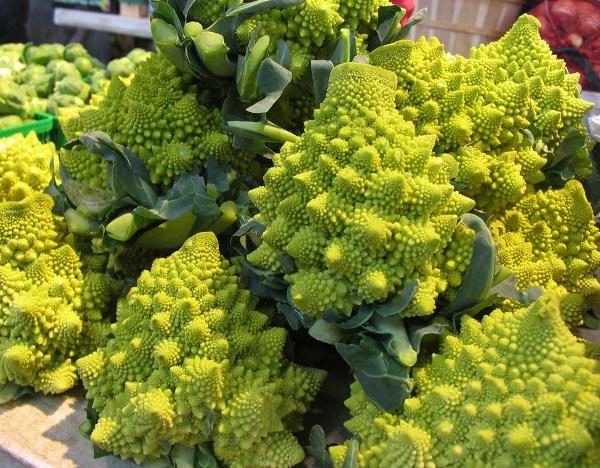Content:
Breeders have created many varieties of different plants that are characterized by increased productivity. Among them is the white cabbage Atria, which belongs to the group of hybrids with late ripening periods. For its cultivation, it is enough to make the necessary fertilizing on time, which is quite within the power of even a novice gardener. The plant was developed by Dutch specialists, and it was entered in the State Register of Russia in 1994.
Characteristics and description of Atria cabbage
From sowing seeds to obtaining a full-fledged harvest, 135-140 days pass. If the hybrid is planted in seedlings, after transferring the seedlings to the beds, the fruits appear in 118-120 days.
Atria (sometimes called Aria cabbage) has a half-raised leaf rosette. Because of this, the head of cabbage is round in shape, rather compact in size.
The leaves are greenish and are of medium size. They look like wide ovals, concave inward. Their surface is covered with a wax-like coating. The inside of the leaves is rather thin. On the cut, you can see that they gradually thicken, starting from the edges and ending with the base of the head of cabbage.
Atria's head weighs on average from 3.8-4 to 7.9 kg. The color of the vegetable is blue-green. It has a short stump.
Has an increased immunity to diseases such as gray rot, fusarium, it is little affected by thrips.
Cabbage can withstand a short-term drop in temperature, but does not withstand the night spring frosts.
The hybrid is divided into 2 varieties:
- Atria white cabbage bred by Dutch breeders;
- the late Atria cabbage created in 2004 on its basis by Russian specialists.
The second variant of the hybrid is a group of plants bearing the general name of the Atrium cabbage. Among them, there is such a variety of vegetables as cabbage Aria, adapted for cultivation in central Russia. The mass of Aria's head ranges from 3 to 6 kg. This varietal spread allows Atria to be cultivated throughout the country due to the adaptability of hybrid modifications of the vegetable to various climatic conditions.
Cabbage tolerates long-distance transportation well. You can store it for 6-7 months. This increases the juiciness of the fruit. The vegetable is consumed fresh, fermented for the winter. In the manufacture of various dishes, cabbage is stewed.
How to grow a crop yourself
It is recommended to plant seeds for seedlings in mid to late April. By this method, cabbage is cultivated in almost all regions of Russia, but in the south they prefer to plant seed directly on permanent beds.
The seed fund of Atria must be checked for germination and hardened. To do this, all seeds are placed in a vessel filled with water at a temperature of 45-50 ° C. After 50-60 seconds, the liquid is drained, replacing it with cool. The seeds are kept for 5-6 minutes, and then they are soaked in a mixture of 5-6 g of nitroammofoska and 1000 ml of water. Then they are washed in cool liquid, left for 24 hours at a temperature of 2 ° C.
You can choose another method: the seed is placed on wet cheesecloth. After 5-6 days, the seeds swell, the roots and sprouts are thrown out. The specimens that have not sprouted should be removed and destroyed.
To obtain seedlings, a special soil is prepared from a mixture of river sand, peat and turf. Add 15-17 g of superphosphate and 7-9 g of ash wood flour to a bucket of such soil.The mixture is filled in containers, the height of which should be more than 60 mm. Then they add a weak solution of potassium permanganate. Grooves are made in the ground with a depth of 10 mm. Sow seeds or sprouts every centimeter, sprinkle them with soil, tamp the soil.
Seedlings appear in 5-6 days. After that, the boxes with seedlings are transferred to a cool room. When 3 leaves appear on the plants, they dive. The seedlings are fertilized with a solution of 1/2 tablet of mineral fertilizer and 1 liter of warm water. The seedlings are transferred to permanent beds 24 days after planting the seeds in a container.
If the farmer lives in the southern region, you must first calcine the seeds 19-20 days before planting them in the ground. When the seed is transferred to the beds, it is covered with a foil to protect it from a drop in temperature at night.
It is best to transfer the seedlings to a permanent place in the middle of May. A distance of 0.3 m is maintained between the shoots, and the width of the passage between the beds is 60 cm. The optimal planting time is the second half of the day. The weather must be cloudy. If it's hot, the seedlings are transferred to the ground in the evening.
In order for the plants to take root, they are sprayed with water 2 times a day during the first 7 days. It is recommended to cover seedlings from sunlight for 12-48 hours so that they do not get burned.
Cabbage needs watering once every 3 days. For every 1 sq. m beds are poured in on average up to 10 liters of water. After 14 days, the intensity of the procedure is reduced to 1 time in 6-7 days. Moreover, for 1 sq. m of soil, 12-13 liters of liquid are required. The hybrid needs more watering in August. After each procedure, it is necessary to loosen the soil around the plants.
The hybrid is fed 4 times throughout the growing season. 20 days after transferring the plants to the garden, they are watered with a solution of 2 tbsp. l. preparation "Effekton" in 9-10 liters of water. The second time the seedlings are fed after 10 days with a mixture of mullein or bird droppings from 1 tbsp. l. means "Kemir", diluted in 10 liters of warm water. For the third time, it is recommended to feed the sprouts in June with a solution of 20 g of potassium sulfate, 18 g of superphosphate and 9-10 liters of water. The last feeding is done in August. To do this, use 15 g of nitrophoska diluted in a bucket of warm water.
Although the plant is resistant to some diseases, it is recommended to spray the seedlings with special preparations that protect the hybrid from fungal and bacterial infections.
When aphids and other garden pests appear on the leaves of cabbage, it is necessary to treat the plantings with drugs that destroy insects. The most commonly used drug is "Iskra". To scare off aphids, garlic is planted next to the cabbage. Pests do not tolerate the pungent smell of this plant, they urgently leave the garden.
The crop is harvested at the end of August. The head of cabbage is cut with a sharp knife, leaving 5 cm of the fruit stem. It is necessary to immediately remove the lower leaves. The collected fruits are placed on a bed cloth. The vegetables are laid out to dry. If the roots of a plant are dug up, then they are immediately cleared of the earth.
Advantages and disadvantages of the Atria hybrid
The advantages of the variety are as follows:
- ripening heads of cabbage practically do not crack;
- they are little susceptible to various diseases characteristic of cabbage;
- high yield with excellent taste;
- if the seeds are planted in the same period, they sprout synchronously;
- the technical maturity of the head of cabbage is characterized by a high rosette density.
Farmers note the following disadvantages of Atria:
- she needs a lot of water for irrigation;
- the soil around the plant has to be constantly hilled and loosened;
- to plant seeds, you need to have an unshaded, large area.
Despite these disadvantages, the Atria hybrid bribes novice farmers with the ability to get a high yield with a minimum of money spent. The main thing is to constantly monitor the plantings, to remove plant residues from the soil. If the hybrid is planted without seedlings, directly in the ground, it is recommended to strengthen monitoring of the beds in order to stop negative tendencies in time (disease, insect infestation).
